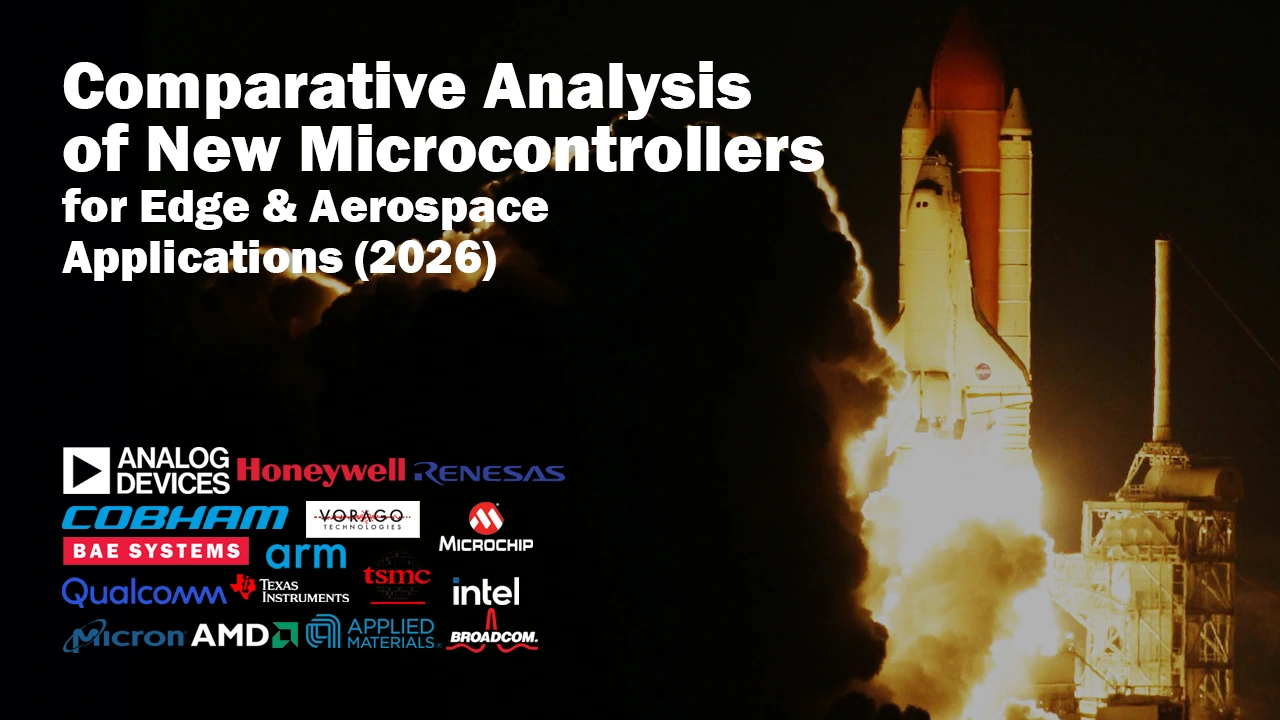
Microcontrollers are the unsung heroes in today’s edge computing and aerospace systems; handling sensor inputs, real-time control, AI inference, communication, and environmental monitoring all in one compact package. As edge computing pushes more intelligence out to devices (drones, satellites, avionics, autonomous systems), and aerospace demands ever greater reliability under harsh conditions, the selection of the right microcontroller has never been more critical.
Between 2024 and 2025, there has been a surge of new microcontrollers for edge aerospace that bring improved AI/ML capabilities, power efficiency, environmental resilience, and integrated safety/radiation tolerance. In this article, we perform a comparative analysis of these next-generation microcontrollers to help Engineers & Enthusiasts in edge computing and aerospace applications understand which devices might best meet their needs.
Market Overview
Trends in MCU Technology for Edge & Aerospace
-
Edge AI / TinyML integration:
More MCUs now have built-in NPUs (neural processing units) or hardware accelerators to enable real-time inference directly on devices at the edge, reducing latency and dependence on cloud connections. For example, STMicroelectronics’ STM32N6 series includes ST’s “Neural-ART Accelerator” for embedded inference tasks. Edge AI and Vision Alliance+1
-
Ultra-low power & miniaturization:
Designs are shrinking in size (package footprint, CMOS technology) and optimizing energy consumption (deep-sleep modes, wake-on-event sensors, always-on subsystems) to enable battery-powered or limited-power devices, often required in aerospace. TI’s MSPM0C1104, “world’s smallest MCU,” is a good example. Texas Instruments
-
Radiation tolerance and environmental resilience:
New MCUs built for space, high altitude, or harsh temperature operation are being released—meeting higher total ionizing dose (TID) specs, single event upset (SEU) protection, etc. Microchip’s SAMD21RT is a radiation-tolerant MCU aimed at aerospace use. Microchip+1
-
Safety, functional safety, and security:
With increasing autonomy and certification demands, many MCUs now incorporate built-in safety features (redundant paths, ECC memory), security (secure boot, encryption), and compliance with standards (ASIL, SIL, etc.).
Key Microcontroller Features for Edge Computing
When selecting a microcontroller for edge computing or aerospace, these features are especially significant:
| Feature | Why It Matters |
|---|---|
| Power Efficiency (low idle/standby consumption, multiple low-power modes) | Many edge/aerospace devices are battery- or solar-powered; thermal management under limited cooling; long mission durations. |
| Processing Speed & AI/ML Capability | Real-time inference (computer vision, audio, anomaly detection) is increasingly needed onboard to reduce latency and data transfer. |
| Connectivity & Interfaces (SPI, I²C, UART, wireless like Wi-Fi/BLE, possibly MIPI CSI for camera; support for sensor fusion) | The MCU often must integrate multiple sensors, perhaps cameras, communicate with other modules or ground stations. |
| Environmental Resilience / Radiation Tolerance | In aerospace, hard environments (cosmic radiation, extreme temperature, vacuum or low pressure) put stress on electronics. SEUs, TID, etc. |
| Safety & Security (secure boot, ECC memory, redundancy, compliance with standards) | Faults or breaches can have catastrophic consequences; needed especially in aviation, satellites, defense. |
Aerospace-grade Microcontrollers Comparative Analysis
Here are several new or expected microcontrollers from 2024–2025, compared with respect to their suitability for edge computing and aerospace applications.
| Microcontroller | Key Specs | Advantages | Potential Edge / Aerospace Applications | Weaknesses / Trade-offs |
|---|---|---|---|---|
| STM32N6 (STMicroelectronics) | 800 MHz Arm Cortex-M55 core; integrated Neural-ART Accelerator NPU; ~4.2 MB RAM; ISP for image sensors; rated for higher ambients. (Edge AI and Vision Alliance) | High AI performance (“600× more” than earlier STM32 MCUs), strong vision support, large RAM; mature toolchain (Edge Impulse, STM32Cube) | On-board computer vision (gesture, object detection), drones, industrial edge units that require intelligent perception | Possibly higher power draw under load; large packages; cost may be higher; needs thermal management in harsh environments |
| Microchip SAMD21RT | 32-bit Arm Cortex-M0+; radiation tolerant; 128 KB Flash; 16 KB SRAM; small footprint; designed for aerospace & defense with ceramic/plastic packages. (Microchip) | High environmental resilience, space/weight-sensitive package, trusted family (COTS compatibility) | Satellites, avionics control units where radiation and reliability matter; remote sensing modules, backup controllers | Limited computing power (M0+ core is modest), small memory — not suitable for heavy AI or large vision tasks; lower speed compared to NPUs |
| Synaptics SR-Series Astra AI-Native MCUs | Based on Arm Cortex-M55 with Ethos-U55 NPU; multiple power levels (performance, efficiency, ultra-low power always-on); optimized for multimodal workloads (vision, audio); open-source SDK. (Synaptics) | Scalable AI performance; flexibility depending on power budget; good for always-on sensing + event detection; strong SDK support | Wearables, smart sensors, UAVs for audio/voice detection, industrial monitoring, real-time anomaly detection | Might not yet be certified for high radiation or extreme environmental requirements; some trade-offs depending on power mode (performance vs. efficiency) |
| TI’s MSPM0C1104 (World’s smallest MCU) | Cortex-M0+; extremely small wafer CSP package (~1.38 mm²); tiny size; minimal power footprint. (Texas Instruments) | Ultra compact size, minimal BOM, perfect for extremely constrained space, low power; useful for sensors or devices where size/weight is critical | Wearables, embedded sensors in aerospace (e.g. thermal, pressure sensors), small UAV modules, scientific instruments with tight SWaP (size, weight, power) constraints | Very limited memory/flash; limited peripheral capacity; not suitable for compute heavy tasks or high-throughput sensors; minimal room for AI or vision unless offloading or via minimal models |
| NXP MCX L14x / L25x Series | Ultra-low power MCUs launched in early 2025; designed for always-on sensing applications; optimized for low energy consumption. (MarketsandMarkets) | Excellent energy efficiency; ideal for battery powered devices; may have good peripheral support tailored to sensing; likely good toolchain maturity from NXP | Edge nodes in IoT for aerospace ground stations, environmental sensors, telemetry devices, condition monitoring on aircraft or spacecraft subsystems | Might not have strong AI/ML performance or NPUs; limited in shock/vibration or radiation unless specialized variants; performance trade-offs if pushed beyond intended low power sensing usage |
Strengths & Weaknesses Summary
-
High AI/ML capable MCUs
like STM32N6 and Synaptics SR-Series shine in edge computing scenarios where local inference is necessary. Their NPU capabilities and vision/perception interfaces make them suitable for drones, UAVs, robotics, and aerospace systems that can benefit from onboard intelligence.
-
Rad-tolerant, simpler MCUs
like SAMD21RT are indispensable in aerospace for reliability under radiation, but their limited computational power and memory make them unsuitable for heavy AI or computer vision tasks without external accelerators or ground station support.
-
Ultra-compact and ultra-low-power MCUs
are excellent for sensors, telemetry, or always-on monitoring; but these typically sacrifice processing headroom and will require careful optimization of models and software.
-
Trade-offs
often involve power vs. performance, cost vs. environmental ratings, memory vs. speed, and availability of robust development tool ecosystems.
Case Studies
Here are real-world examples illustrating how some of these microcontrollers are already used or being prototyped in edge and aerospace settings.
-
Industrial Edge Vision with STM32N6
A company in the industrial automation sector has adopted STM32N6 for a vision-based defect detection camera at the edge. The NPU enables real-time inference of object detection models, while the ISP handles sensor input. The result: lower latency, less data sent to cloud, and energy savings. (Project published alongside ST’s announcement).
-
Space Application of SAMD21RT
Small satellite or CubeSat platforms where weight, radiation, and reliability are crucial have begun using SAMD21RT in flight controllers or payload electronics. Its radiation‐tolerant design and small footprint allow for critical functions to be offloaded to robust MCUs. There are also engineering efforts to combine multiple MCUs to distribute risk in mission-critical systems.
-
Always-On Sensing with Synaptics SR-Series
In an IoT sensor network deployed for environmental monitoring (e.g. wildfire detection or habitat tracking), the SR-Series MCUs are used to filter audio/voice or small signal anomalies continuously in ultra-low power modes. Only when meaningful events happen does the node wake up more fully or transmit data. This reduces power use and extends node lifetime.
Future Trends
Looking ahead from 2026 into the next few years, several trends are likely to shape the microcontroller landscape, especially for edge and aerospace applications:
-
More capable NPUs & heterogeneous cores:
Combining general purpose cores with specialized AI accelerators, vision/ISP blocks, and low-power always-on sub-cores will become standard. This will enable lighter weight models to run locally with real-time inference even on constrained systems.
-
Advanced memory technologies:
More embedded flash with higher density, eMRAM or other non-volatile memory that retains state with lower power, near-memory compute to reduce data movement, and better ECC/error mitigation to handle the rigors of aerospace/radiation.
-
Stronger radiation & environmental resilience:
As more missions are planned in deep space or harsh environments (e.g., high altitude, lunar, Martian), demands for MCUs with high TID, SEL immunity, latch-ups protection, wide temperature range will grow.
-
AI model optimization toolchains:
Toolchains for TinyML, quantization, pruning, operator fusion, and model compilers targeted at emerging MCU architectures will become more mature, making deployment easier and more robust.
-
Standardization & safety certifications:
More MCUs will aim for certifications (ASIL, DO-178C, DO-254, MIL standards) to facilitate deployment in aerospace, defense, and safety-critical edge infrastructure.
-
Integration of connectivity & security:
Secure boot, encryption hardware, trusted execution environments, built-in wireless comms suited for aerospace (radiation hardy radio, fault tolerant links) will be more integrated.
Major suppliers of military / aerospace microcontrollers (and what they do)
-
Microchip Technology (incl. Microsemi)
— Large portfolio of radiation-hardened and radiation-tolerant microcontrollers, mixed-signal ICs and space-qualified MPUs used in satellite, avionics and other defense applications. Microchip acquired Microsemi (a well-known rad-hard supplier) and now markets spaceflight-grade MCUs/MPUs and rad-tolerant families.
-
BAE Systems (Electronics & Space)
— Supplies proven radiation-hardened processors and single-board computers (e.g., RAD750 family) and related rad-hard electronics commonly used in spacecraft and high-reliability military systems.
-
VORAGO Technologies
— Specialist in commercial-foundry radiation-hardened microcontrollers and microprocessors (HARDSIL® technology). VORAGO explicitly targets aerospace and defense markets with flight-heritage rad-hard MCUs.
-
Cobham (formerly Aeroflex / Cobham Semiconductor / LeanREL)
— Long history in high-reliability and rad-hard components; offers families targeted at space and defense (LeanREL rad-hard/space product lines). Cobham products are common in satellites and military avionics.
-
Renesas Electronics
— Supplies MCUs and components qualified for space & harsh environments (MIL-STD / Class-V/Q parts) and offers SMD and hi-rel product lines used in aerospace/defense systems.
-
Texas Instruments (TI)
— TI provides high-reliability and some radiation-tolerant/resistant components used by defense contractors; TI products and partners also appear on industry lists of rad-hard suppliers.
-
Analog Devices (ADI)
— Known for precision analog, mixed-signal ICs and hi-rel components; ADI has an established presence in aerospace and defense electronics (often paired with processors/MCUs in systems).
-
Frontgrade / Gaisler (formerly Cobham/European IP vendors)
— Suppliers of space-grade processors and IP cores (e.g., GR7xx family) aimed at satellites and ESA/space projects — used where rad-hard, deterministic behavior is required.
-
Honeywell / Aerospace System Integrators (system houses)
— While not always “MCU foundries,” these system integrators supply avionics computers and flight-qualified electronics (often integrating rad-hard MCUs/MPUs from the vendors above) and provide certified modules for military platforms.
-
Specialist firms & startups (e.g., Space Micro, other rad-hard specialists)
— Several smaller companies focus on space-qualified SBCs, rad-hard boards, or hardening services (e.g., component hardening, assembly, screening). Their offerings often include rad-hard controllers or boards using rad-hard MCUs. (See industry rad-hard supplier reports).
Conclusion
In summary, the period of 2024–2025 has brought several compelling new microcontrollers for edge computing and aerospace applications. Key devices like the STM32N6, Synaptics SR-Series, TI’s MSPM0C1104, SAMD21RT, and NXP’s MCX L-series each offer a different balance of performance, power, size, and environmental resilience.
Selecting the right microcontroller depends heavily on the specific use case: for vision-rich, AI-driven edge systems, NPUs and fast cores are indispensable; for aerospace, tolerance to radiation, size/weight constraints, and high reliability often dominate. There’s no “one size fits all,” but by understanding these trade-offs, system architects can make informed choices that optimize their design.
Siqma is a kind assistant, helping you to have the tools and facilities by your hand, in order to feed your ideas! For years, we have been working hard to satisfy our customers by developing Siqma as platform to make electronic and robotic components easier to access than ever.
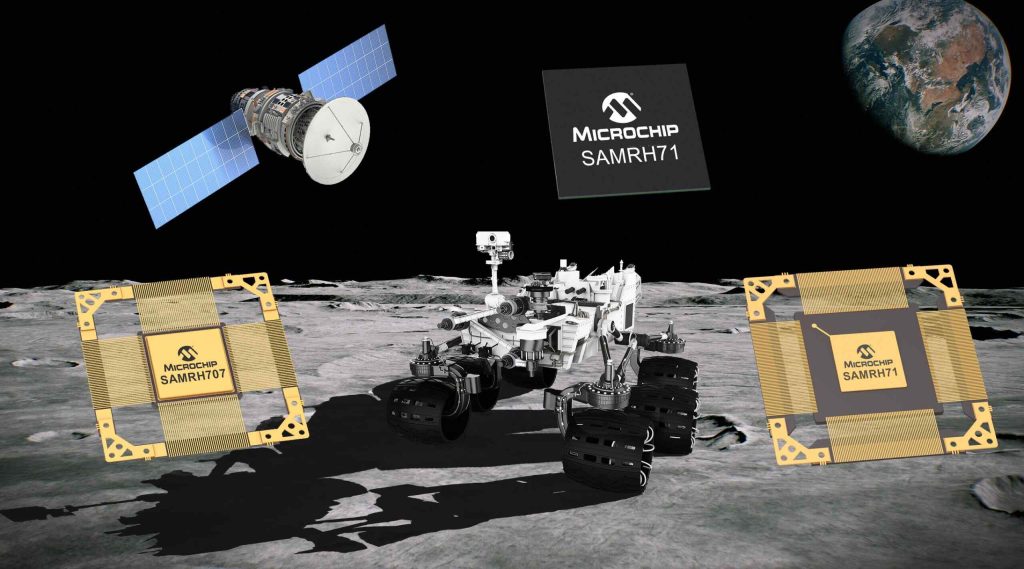
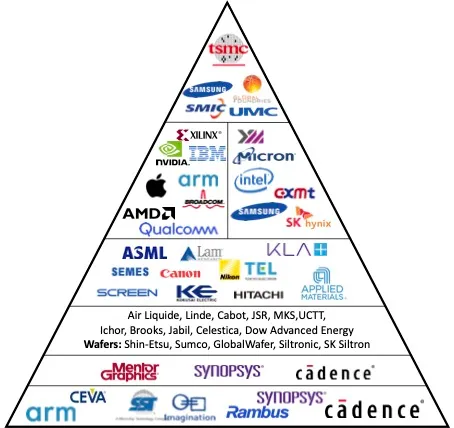
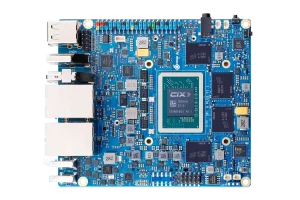
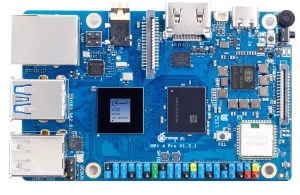
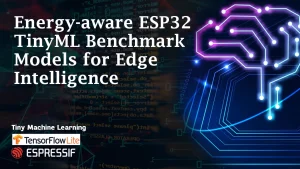
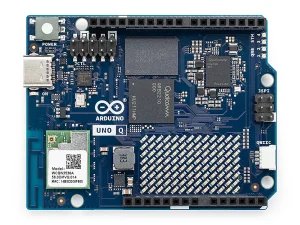
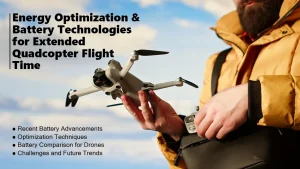
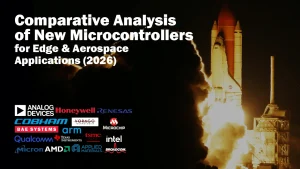
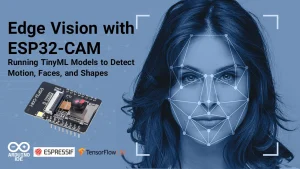

One Response